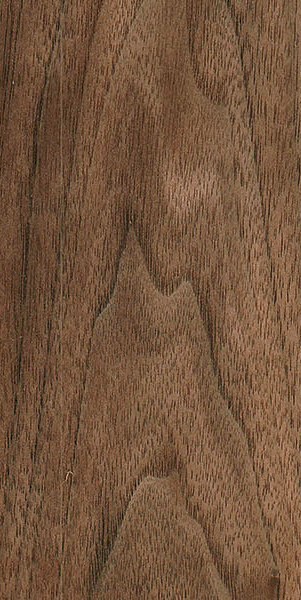
Black Walnut
Heartwood can range from a lighter pale brown to a dark chocolate brown with darker brown streaks. Color can sometimes have a grey, purple, or reddish cast. Sapwood is pale yellow-gray to nearly white. Figured grain patterns such as curl, crotch, and burl are also seen.
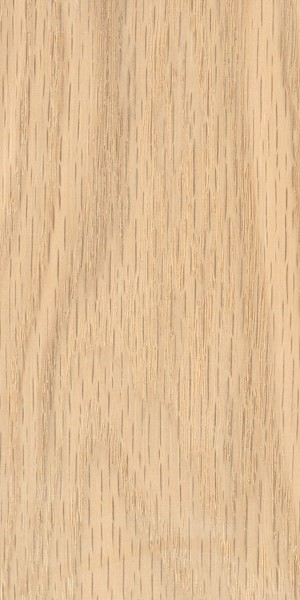
Red Oak
Heartwood is a light to medium brown, commonly with a reddish cast. Nearly white to light brown sapwood is not always sharply demarcated from the heartwood. Quartersawn sections display prominent ray fleck patterns.
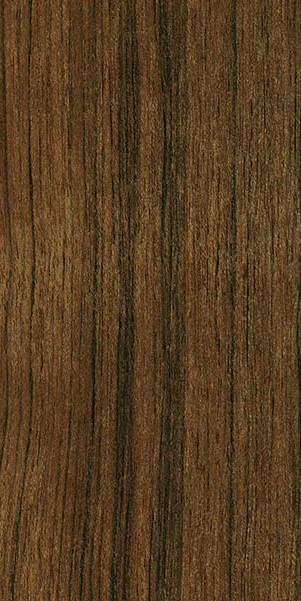
Teak
Heartwood tends to be a golden or medium brown, with color darkening with age.
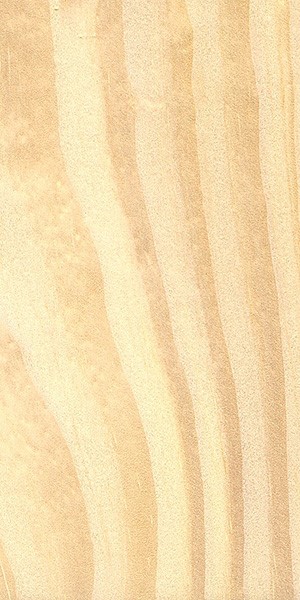
Pine
Heartwood is light reddish/yellowish brown, sapwood is yellowish white. Heartwood color tends to be paler than Ponderosa Pine, and isn’t always clearly demarcated from the sapwood.
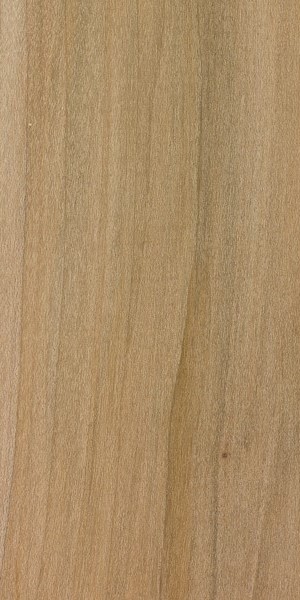
Maple
Unlike most other hardwoods, the sapwood of hard maple lumber is most commonly used rather than its heartwood. Sapwood color ranges from nearly white, to an off-white cream color, sometimes with a reddish or golden hue. The heartwood tends to be a darker reddish brown.
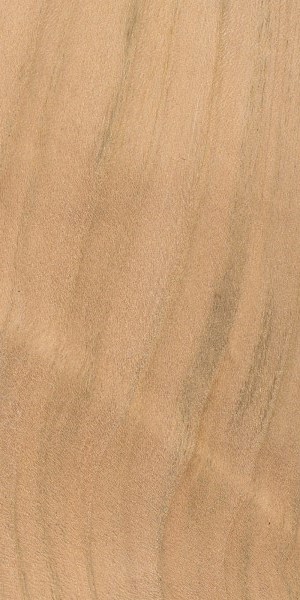
Cherry
Heartwood is a light pinkish brown when freshly cut, darkening to a deeper golden brown with time and upon exposure to light. Sapwood is a pale yellowish color, typically 1-2″ wide.
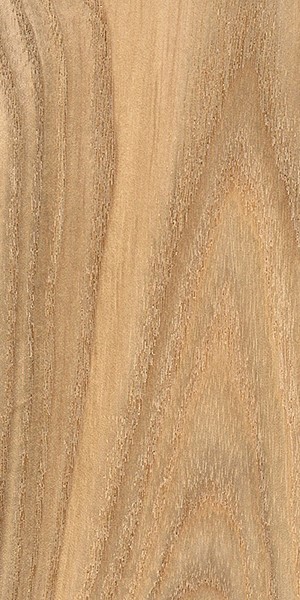
Ash
The heartwood is a light to medium brown color. Sapwood can be very wide, and tends to be a beige or light brown; not always clearly or sharply demarcated from heartwood. Black Ash tends to be a bit darker in color than White Ash (Fraxinus americana).
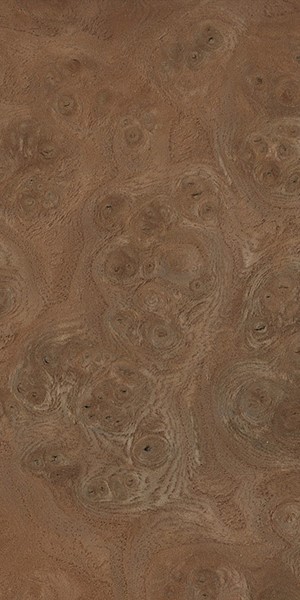
Burl
This is the very same wood as English Elm (Ulmus procera). English Elm is typcially called Carpathian Elm when it is in burl form.



